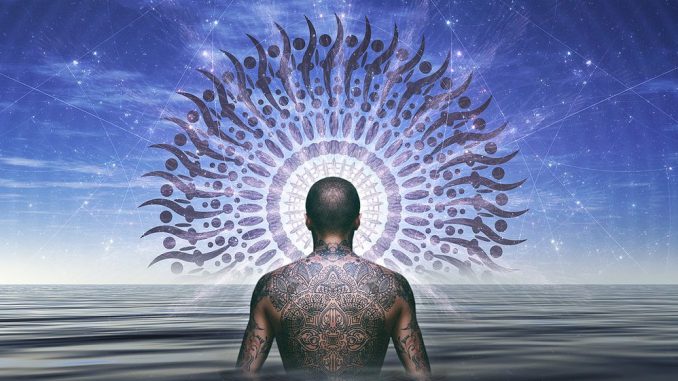Hinduism is a deep and fascinating religion that focuses on bringing humanity closer to God. It has so many exciting concepts that are taught by various schools. One of these schools is Advaita Vedanta, which may sound complicated, but these teachings are effective.
The institution is so fulfilling that research shows over 500,000 people attended it in the U.K. in 2019. As of 2020, the percentage has risen to an additional 20% so far. At the pace by which the concept is gaining momentum, it is safe to say that the numbers will soar even higher.
What is Advaita Vedanta?
‘Advaita’ means ‘no’ or ‘non’ while ‘Vedanta’ means ‘duality’ or ‘secondness.’ The literal translation of the term is ‘non-secondness,’ but it can also be ‘non-duality.’
Therefore, Advaita Vedanta is a non-dualistic school of thought that believes that Brahman or God is the only truth and reality, and everything else is a mere formation or projection. The Brahman goes beyond the creator or god, and without Him, nothing else can exist.
“I am The Universe and, The Universe resides within me” is the absolute truth. The Upanishads were staunch teachers and believers of the concept; hence, it is derived from them.
Sages like Adi Shankaracharya and Guadapada have been at the forefront of spreading this beautiful philosophy as well as the wisdom it upholds.
Forms of Causation Acknowledged by Advaita Vedanta
Advaita Vedanta school acknowledges two main types of causation: The instrumental cause and material cause. As per the institution, Brahman is the instrumental as well as the material cause of creation.
Brahman is both Prakriti, or Nature, and Purusha, or Self, and offers the energy and material to manifest things plus the direction and will to manifest worlds, items, and beings. Other schools of the Hindu religion teach that Prakriti is the material cause of existence, while Brahman is the instrumental cause.
Judging by the truth of creation and the universe’s expansivity, the latter teaching has been a source of controversy and difference among the Hindu people.
Teachings of Advaita Vedanta
There are four central teachings in Advaita Vedanta. Vedanta is the answer to human pain and suffering. Advaita, on the other hand, symbolises the climax of spiritual manifestation that any individual can attend.
Each teaching has a profound takeaway that, when studied and understood, has a noticeable impact on the learner. These teachings are:
Satchitananda, or Nature of Self or Atman
Within Satchitananda are three parts that are the real nature of Atman. These parts are Sat, Chit, and Ananda. Sat is the ability or desire to know, Chit is the prana or state of life within, and Ananda is the state of joy that exists in Atman.
Each part has a role to play in your life and determines the outcome of your life activities. Satchitananda is basically the fibre of your being.
-
Avidya and Maya
Adi Shankaracharya taught that the main reason many individuals do not attain their full potential is due to ignorance and Maya or illusion. Whenever we focus more on the external environment and people, we choose to neglect the inner world or Atman.
Maya encourages a person to dwell in the Iness, to focus on their families, objects, themselves, friends, etc. Such thoughts make an illusion in mind in the achievement of self. Paying attention to your inner world is the only escape from Maya.
2. Atman, or True Self
The atman or atma taught in Advaita Vedanta is the ultimate source of happiness, according to Adi Shankaracharya. He further teaches that ‘atma’ is your ultimate security and real nature and defines who you are.
It is normally protected by components of the world, such as things, people, and specific events. This teaching further enlightens us that fulfilling our desires is vanity as the more of them we desire, the more unsatisfied and exhausted we get.
The only escape is to discover the real source of bliss that lies within us. Advaita Vedanta strives to help us find out the self and how we can make ourselves better.
3. Drig Drishya Viveka
This is one of the most complicated teachings of Advaita Vedanta. It teaches that just as the sun is not affected in any way, no matter what it shines upon, the Vrittis or emotions, perceptions, and cognitions that surface in you from time to time cannot affect your true self.
You can use your willpower to stay in peace and joy regardless of what you are going through or how you feel. The key is being emotionally mature as well as persistent.
